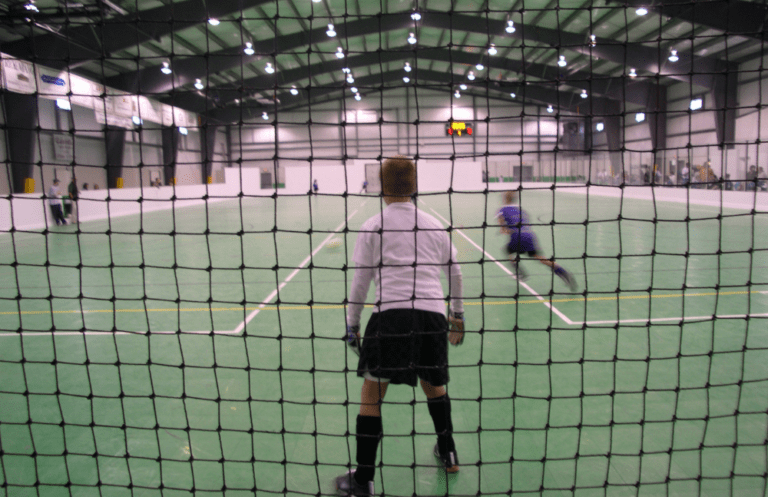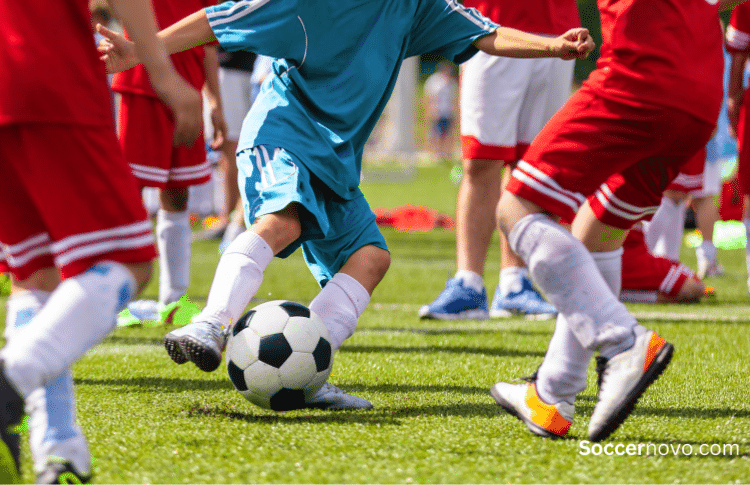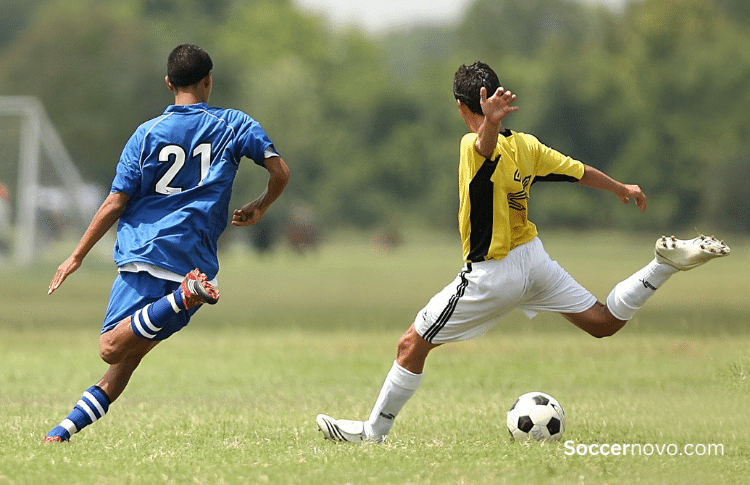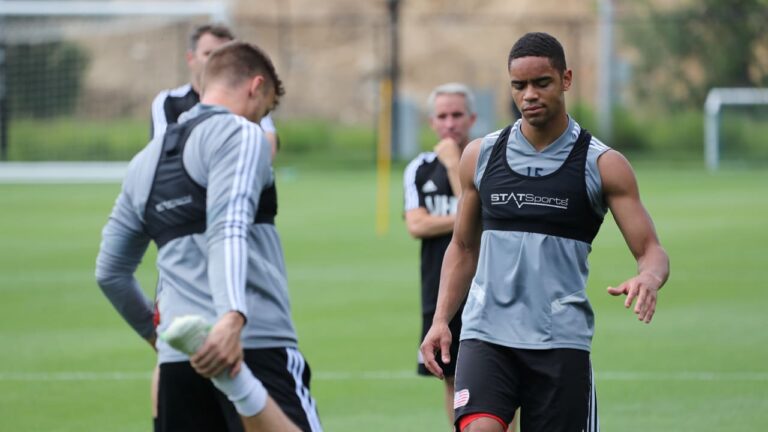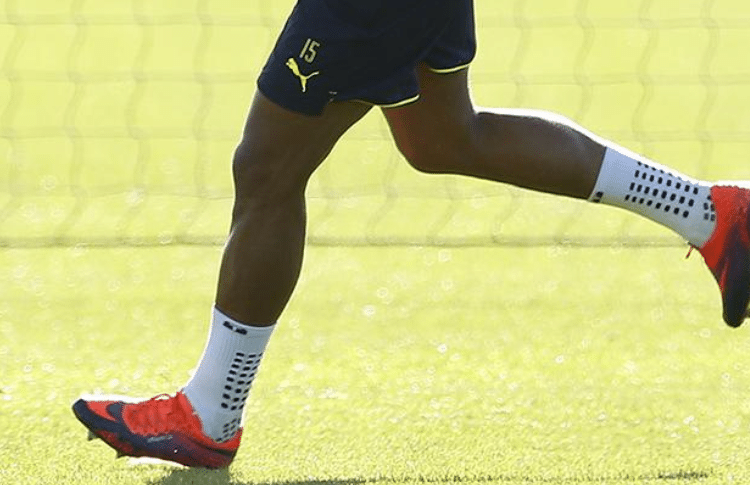What Are Soccer Cleats? Explaining Everything.
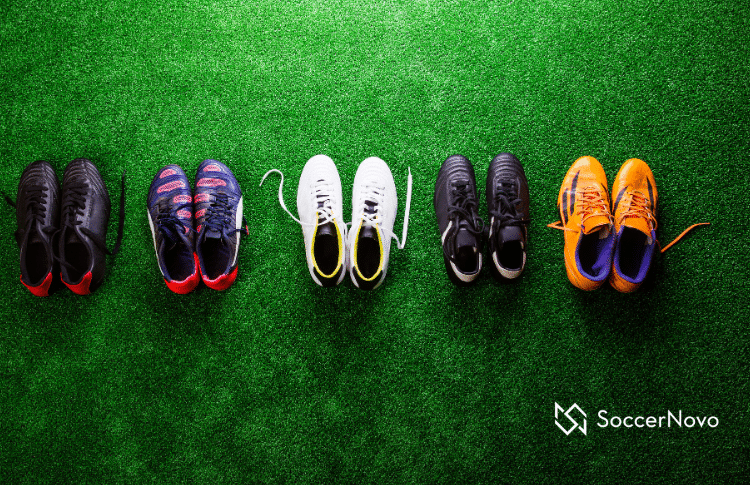
What are
Key Takeaways From This Article:
- Soccer cleats are one of the few pieces of equipment soccer players should wear.
- Youth soccer players in the U.S. should look for a firm ground (FG) style of cleats. They are designed for natural grass as well as turf.
- Soccer cleats are expensive but there are some budget-friendly brands. Check out our top picks.
These cleats come in various styles and designs, each with its own unique features. And, they range significantly in cost.
The design of the cleats can vary depending on the position played by the player. For example, strikers may prefer cleats that are lightweight and provide excellent traction, while defenders may opt for cleats that are sturdy and provide excellent support.
With so many styles and designs available, it’s essential to choose the right pair of cleats that suit your playing style and soccer position. In this article, we’ll dive deep into
What Are Soccer Cleats ?
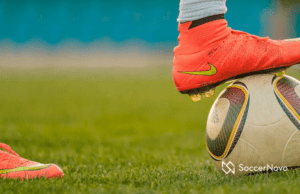
Soccer cleats are specialized footwear designed exclusively for soccer. They are also known as football boots in some countries like Europe.
The cleats on the bottom of the shoe are designed to provide traction and grip on the grass or turf field.
The shoes are made with materials that are lightweight, durable, and flexible to allow for quick movements and changes in direction.
Soccer Cleats Materials
Soccer cleats are made from a variety of materials, including leather, synthetic leather, and mesh.
Leather cleats are more durable and provide better ball control, but they are also heavier and take longer to break in.
Synthetic leather (which most cleats are made out of these days) and mesh cleats are lighter and more breathable, but they may not provide as much durability or ball control as leather cleats. This type of material is also what makes cleats smell terrible when left in soccer bags.
The sole of the cleat is typically made from rubber or plastic, and the studs on the bottom of the cleat can be made from a variety of materials, including plastic, rubber, or metal.
Metal studs are typically only used on soft, wet fields, as they can be dangerous on hard or dry fields. You probably won’t find any youth
Do You Really Need Cleats for Soccer?
Yes! This is especially true if you are playing soccer outside.
Soccer cleats are specially designed shoes that provide better traction and support on the field. Without them, you may slip and slide, increasing your risk of injury and decreasing your performance.
Here are some reasons why you should invest in a good pair of
- Traction:
Soccer cleats have studs on the sole that provide a better grip on the grass or turf. This allows you to make quick turns and stops without slipping and losing your footing. Also, when kicking a soccer ball, the studs create more stability with the off-foot so you can dig into the ground while kicking it with your other foot. - Support: Soccer cleats are designed to support your feet and ankles during the game. They provide stability and prevent injuries such as ankle sprains.
- Comfort:
Soccer cleats are made with breathable materials that help keep your feet cool and dry during the game. They also have cushioning and padding to reduce the impact on your feet. They should fit snugly and be lightweight.
Even for ages 4-6, I always recommend parents invest in a pair of soccer cleats for their child. They could probably get away with wearing sneakers but they may slip when trying to kick the ball.
Difference Between Baseball and Soccer Cleats
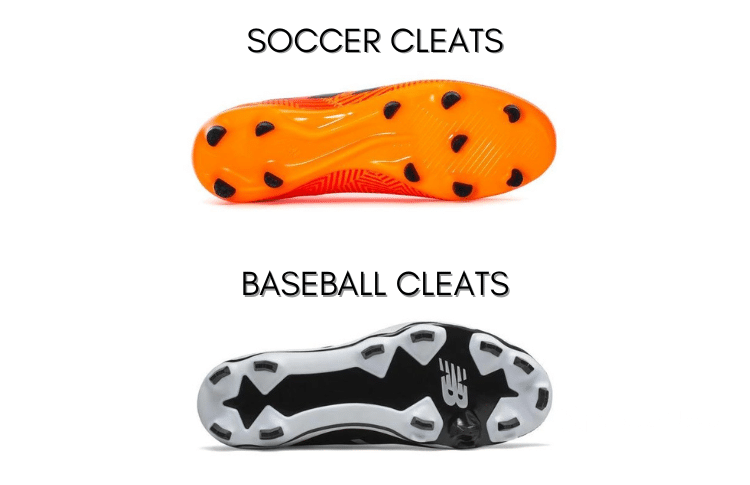
There are some key differences between baseball and
Firstly, baseball cleats tend to have a more rigid sole and spikes that are longer and sharper than
Another difference between baseball and
Finally, the materials used to make baseball and
You could get away with wearing
Should I Buy Laceless Cleats?
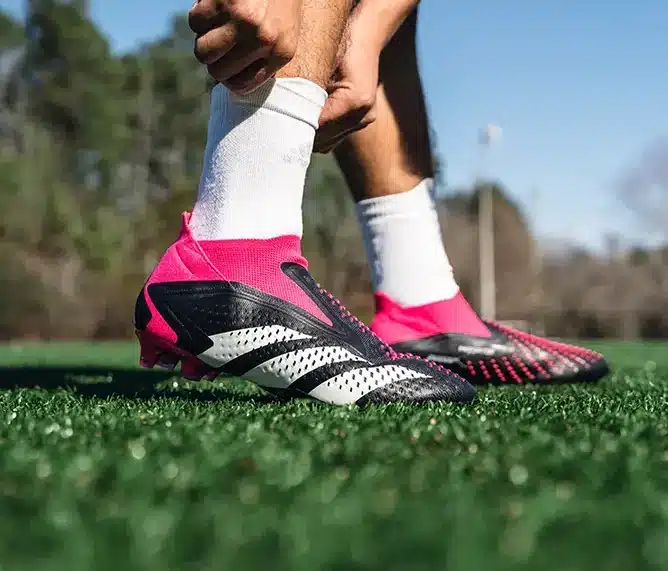
Laceless cleats have been all the rage among youth soccer players lately. But, is it worth it? Laceless cleats are designed to provide a comfortable and snug fit without the need for laces.
Pros of Laceless Soccer Cleats
- Comfort: Laceless cleats are designed to provide a snug and comfortable fit. Without laces, you won’t have to worry about any pressure points or discomfort caused by the laces.
- Style: Laceless cleats look sleek and modern. They can give you an edge in terms of style on the field.
- Convenience: Without laces, you won’t have to worry about tying and untying your cleats. This can save you time and hassle, especially if you’re in a rush.
Cons of Laceless Soccer Cleats
- Fit: Laceless cleats may not fit everyone’s feet perfectly. Without the ability to adjust the laces, you might find that the cleats are too loose or too tight.
- Support: Laces provide additional support to your feet. Without them, you might not get the same level of support that you need, especially if you have weak ankles.
- Price: Laceless cleats tend to be more expensive than traditional laced cleats. You might want to stick with traditional cleats if you’re on a budget.
It’s up to the player to determine if laceless cleats will improve performance. For my son, he’s played in both but he’s reverted back to cleats with laces because he has a thinner foot.
As a side note – my son is the poster child for not keeping his laces tied but I’ve never seen him trip over them. Does that actually happen or is it a myth?
How Much Are Soccer Cleats ?
Depending on the brand, materials, size, and features,
You’ll find most quality youth soccer cleats will be under $100. While quality adult
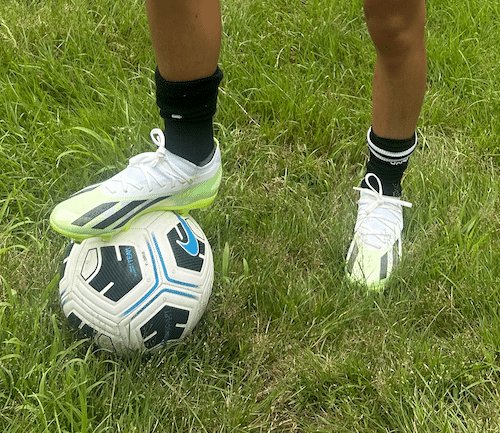
Here are some factors to consider when looking at the cost of
Brand of Soccer Cleats
Some soccer cleat brands are known for their high-quality and innovative designs, which can come with a higher price tag.
Popular brands such as Nike, Adidas, and Puma are often more expensive than lesser-known brands.
Quality of Materials
The materials used to make
Leather cleats tend to be more expensive than synthetic materials, as they are often more durable and provide a better fit. However, synthetic materials can be more affordable and still provide good performance.
Size of Cleats
The size of the
The same cleat can vary from youth to adult with more features and better material.
Soccer Cleats Features
Soccer cleats can come with a variety of features, such as different stud configurations, cushioning, and ankle support.
The more features a cleat has, the more expensive it will typically be.
Don’t get caught up in the technology or features. They are minimal factors compared to quality, stability, and comfort.
Thoughts on Soccer Cleats

It’s important to remember that the best
Soccer cleats provide soccer players with the necessary traction, support, and comfort to perform on the field.
Keep in mind that they come in a variety of styles and materials, each designed to suit different playing surfaces and player preferences.
Also, for parents, don’t buy into the hype of expensive
Whether you’re a beginner or a seasoned pro, having the right pair of

Written By: Beau Bridges
Founder of SoccerNovo
I’m Beau 👋 a proud dad of an MLS NEXT player, former soccer coach, soccer enthusiast, and board member of our local youth sports program. I created soccernovo.com to share my knowledge of the game and help parents learn more about youth soccer in the U.S. I also authored an eBook ‘Soccer Coach Made Simple‘. Learn more about Beau.
Let’s connect


